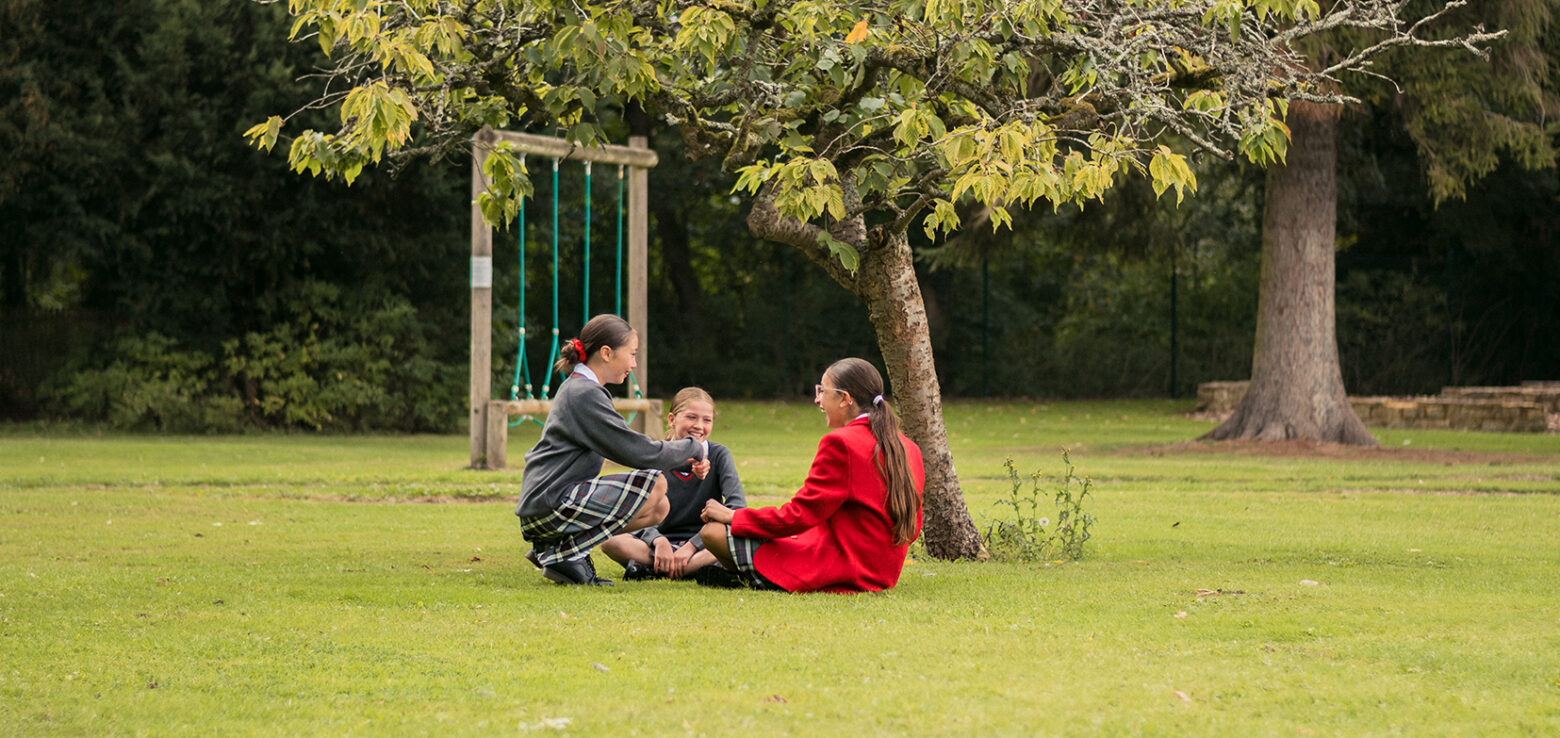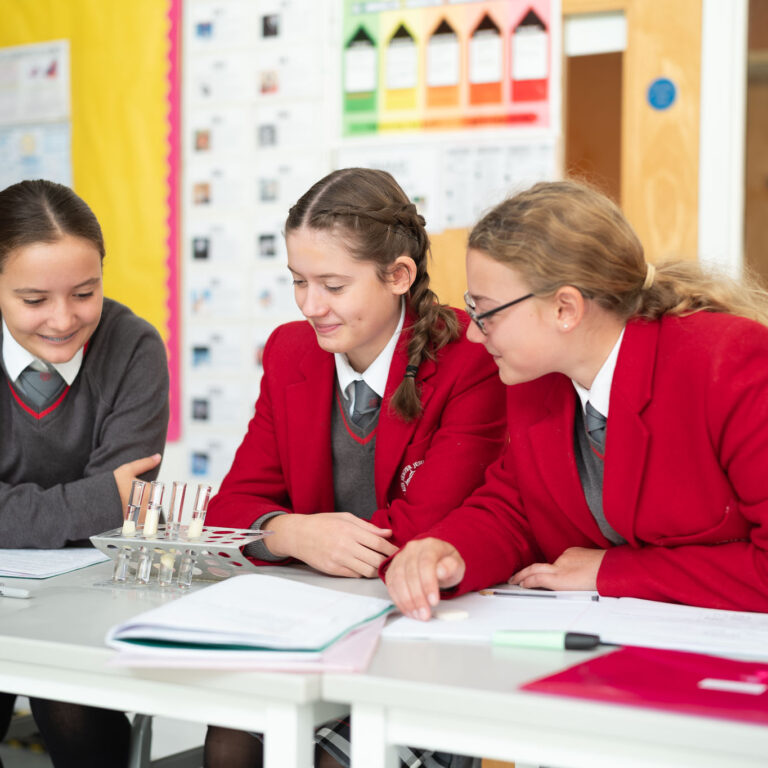We understand that choosing the right school for your daughter is a huge decision and you may feel concerned about a girl only education. Please be assured that there is a lot of research that concludes a single sex education works for girls in terms of higher grades attainment*, but it also offers the most leadership and confidence boosting opportunities.
We are confident that a girls’ school environment is extremely advantageous for girls and here we list some of the key benefits:
Freedom from stereotypes
Girls’ schools minimise stereotyped, gender-weighted expectations. There is no such thing as a girl’s subject or a boy’s subject and girls are free to follow their inclinations with little of the pressure they might otherwise feel.
Independent research by the Institute of Physics, for example, has found that girls who attended girls’ schools were significantly more likely to study Physics to A Level than girls in co-ed schools, and this proved to be the case in both state and independent schools(1). Research also suggests that the largest increases in girls’ participation in sport tend to happen in single-sex contexts.
Leadership opportunities
Girls’ schools create environments where girls feel confident to take charge and put themselves forward. With only girls in the classroom and on the sports field, both intellectual and physical confidence can grow.
Every girl has every opportunity to become a leader, a form captain, a Head of House. They learn not just how to shoulder responsibility, but also how to take risks, inspire and lead others, developing resilience and self-confidence to stand them in good stead when they go on to encounter university, work and life.
Research has shown that the self-confidence of girls starts to fall behind that of boys early (sometimes as early as 9 years of age) in co-educational environments. Girls single sex education settings are the only setting in which this confidence gap does not occur. Source: Study by AIBE, University of Queensland, published 2019.
Academic excellence
Girls who attend GSA girls’ schools tend to achieve a disproportionately large share of the top grades. For example, in 2019, the proportion of top A-star-A grades at A level achieved by GSA students (53.1%) was more than twice the national average (25.2%) for England. The proportion of A*-C grades among GSA students (92.2%) was over a fifth greater than the national average (75.5%).
Maths is the most popular A level subject in many GSA girls’ schools and, in the country as a whole, GSA girls who sit A level physics account for around 13% of all entries, while being responsible for as many as 25% of the A-star grades.*
Girls in all GSA schools combined can be twice as likely as other girls to take French or Spanish at A level. For example, the GSA girls who sit A level French account for around 12% of all entries, while being responsible for as many as 32% of the A-star grades.*
At Thornton College we believe:
- Girls feel more comfortable and confident in a girls only environment meaning they can relax, be themselves and concentrate on getting involved in learning and engaging in a wide range of school activities.
- Girls achieve higher results in a single-sex school rather than a co-educational setting. They especially do well in STEM (Science, Technology, Engineering and Maths) subjects as they are able to take on all leadership roles.
- There are opportunities for girls to take lead roles in school productions, secure the main solo performances and take on all the school wide leadership roles such as Captaincy, Prefecting and Committee Memberships; all experiences that build self-esteem and confidence, preparing them for the next stages in life and further education.
- Teachers can tailor lesson subjects to the preference of girls, for example inspiring individuals throughout history and politics.
- The whole school can focus all resources on suitable guidance, wellbeing and health programmes to the priorities and interests of girls.






